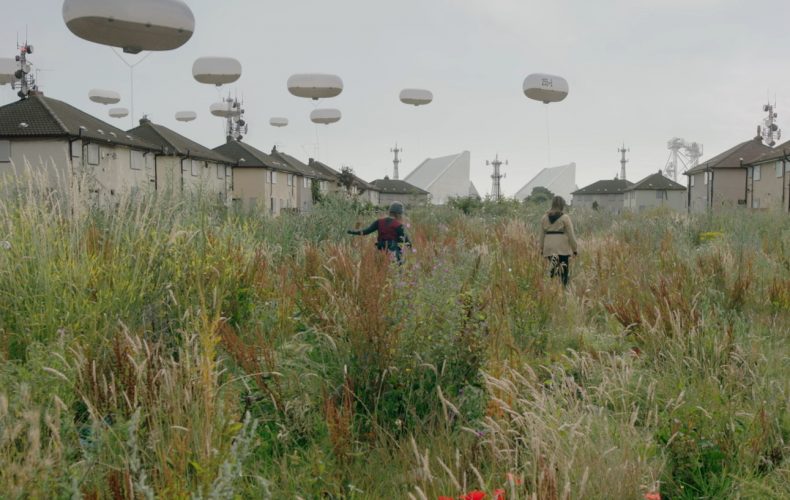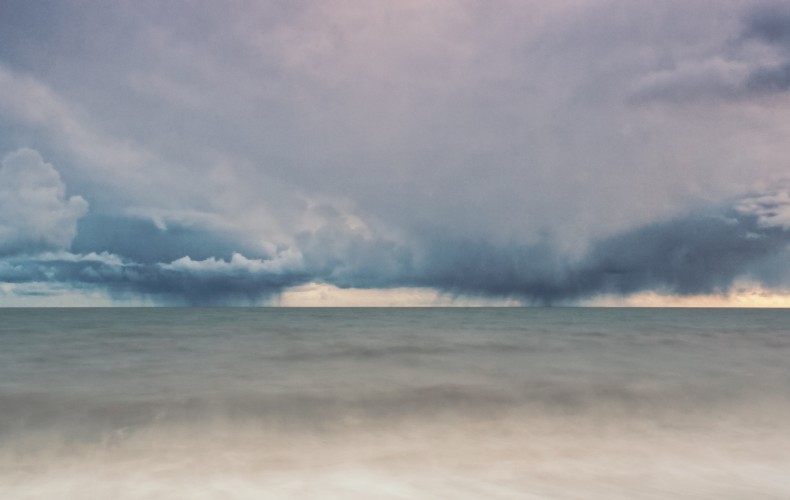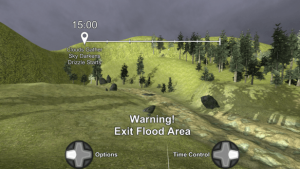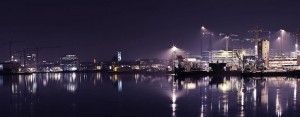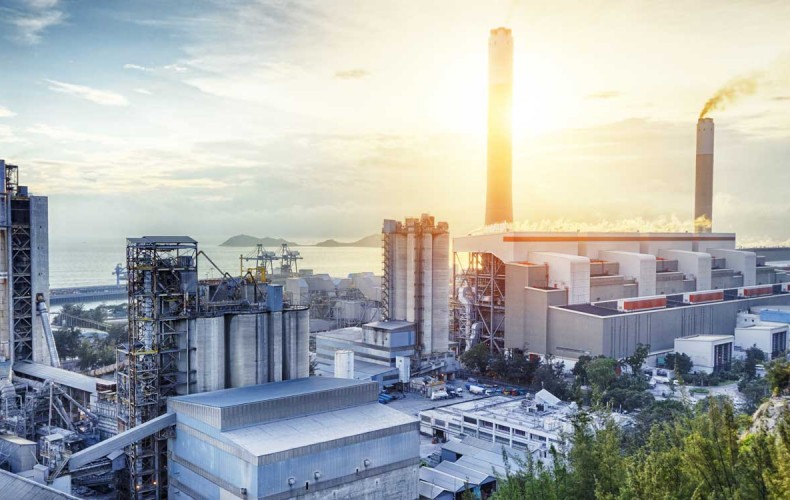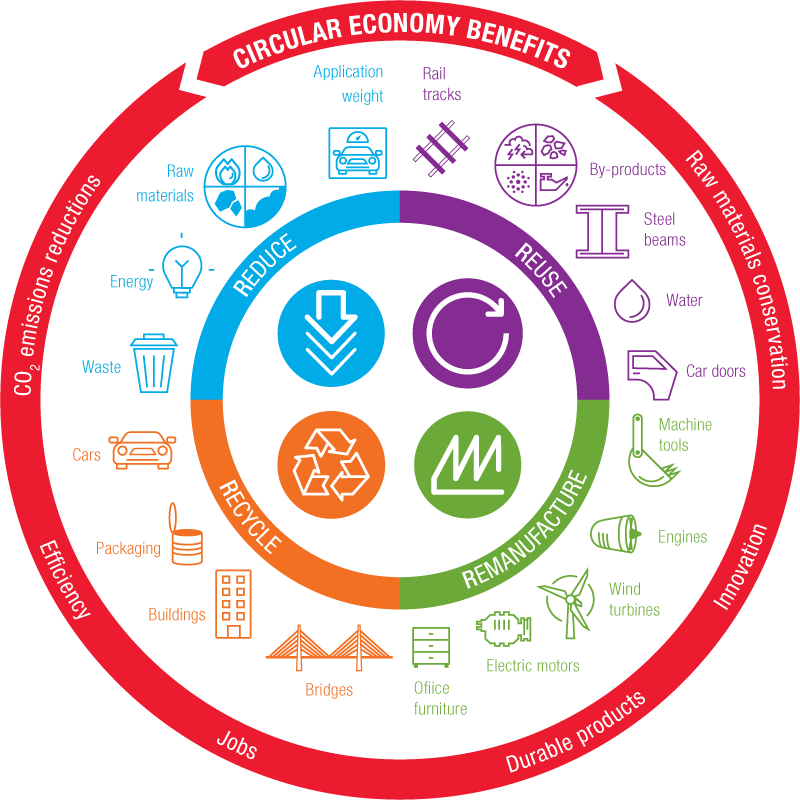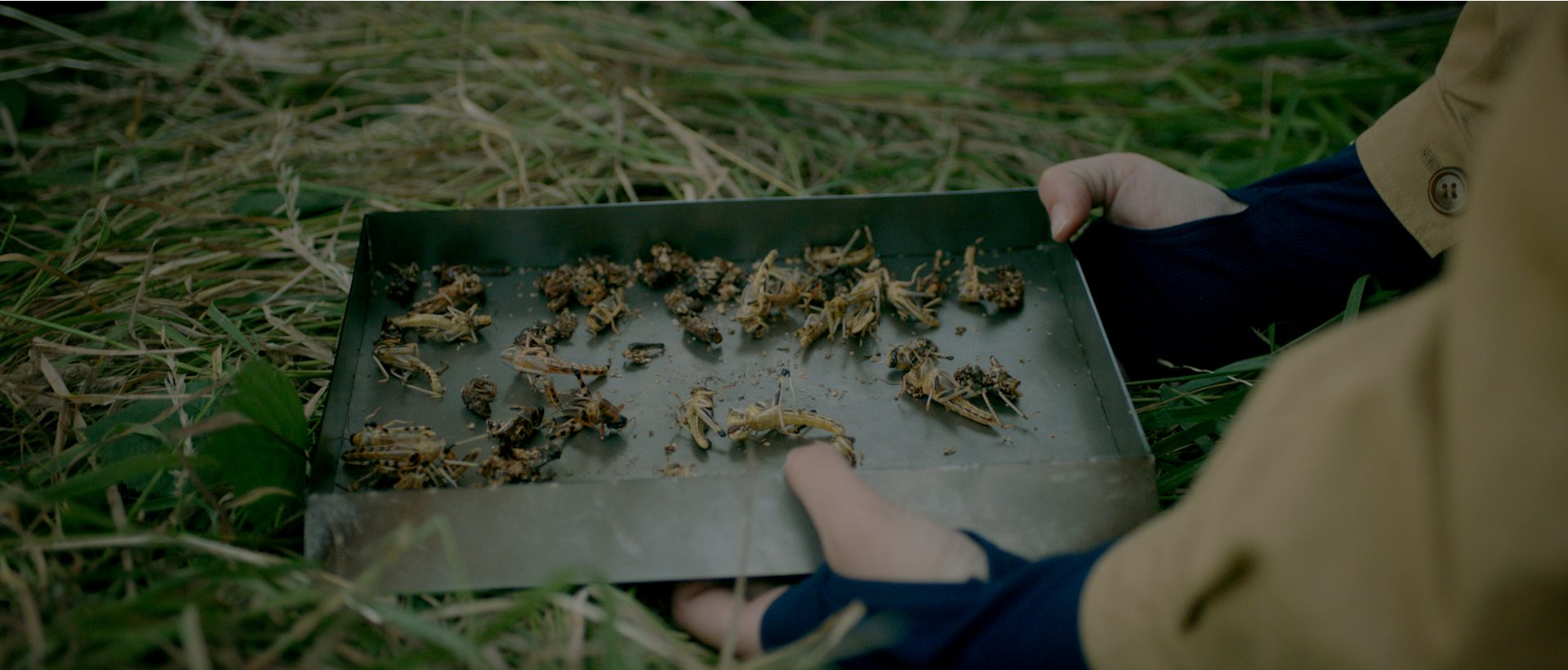
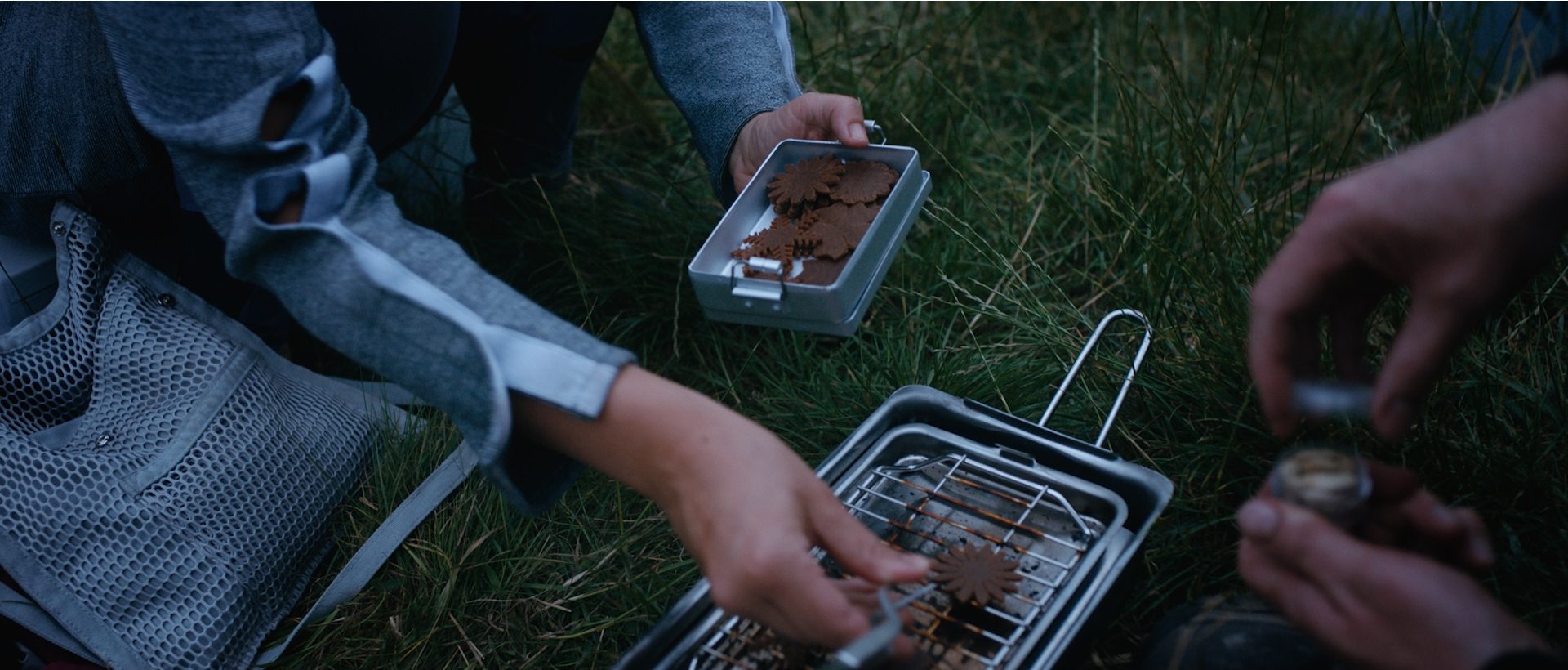
A guest post from Karolina Thakker – our consultant on the future of food for the 2097 films.
“A man opens his lunchbox. Thanks to its healthy appearance one can tell that he belongs to the upper middle classes. Today he carries a simple salad with dressing, a portable food smoker with thin slices of swan meat and few ampules of microbial shots.
A wooden sweet aroma hits him when he opens the smoker. He uses a pre-packed fragrance set for smoking that includes black tea leaves, rose hips and cardamom. Tea-smoking became popular in the 2030s. This was about the time when China gained a major economic power, Mandarin was taught in schools worldwide, and texts on ancient Chinese philosophy and medicine were discussed by students in pubs.
The man loves tea-smoked swan meat. This time he has paper-thin flower-shaped slices. The meat comes from a lab where it was grown and 3D-printed to these shapes. He has heard stories that millennials would eat meat products every day. Chicken, beef, pork… meat as a centrepiece surrounded by shy and blunt vegetables. However, the population boom and climate change forced everyone to change their unsustainable diets. Not everyone was ready to go vegan so in-vitro meat began to be grown in large quantities as a source of protein. The man is rather traditional in his choice. Young people nowadays enjoy in-vitro meats of imaginary or long time extinct animals.
The man mixes the swan slices with a salad. The salad consists mainly of wild herbs and greens native to the Scottish Highlands. Its taste reminds him of his childhood in the 2060s. Those were lean times, when human impact on the climate and the environment peaked. Chefs and scientists had to stay creative to find nutritious food. They went to forests, fields and every part of the sea. It was this time that insects became popular. For dressing, he uses oil from coconut larvae worm. It is sweet and fits perfectly with sour dog rose syrup and paste from roasted garlics and chilis. The salad is topped with pieces of fresh coconut and beets.
At last he looks at ampules of microbial shots. His parents were passionate minimalists. A lot of people were back then. Circumstances forced them to lead an ascetic, community life and know basic survival skills. His parents taught him how to read his body needs and eat accordingly. Microbial shots were very common. People used them to feed their digestive flora and prevent diseases.
Nowadays people forget about those times. They digest microbes that allow them to eat rocks and barks. Girls prolong their lactation period to have a continuous supply of fresh milk. ‘We live in crazy times’, he thinks and smears lavender balm under his nose to calm his mind.”

